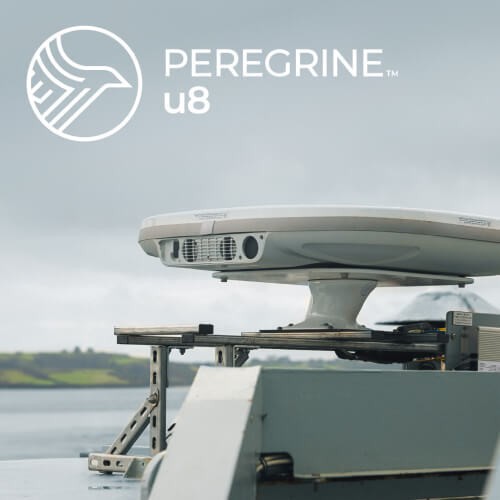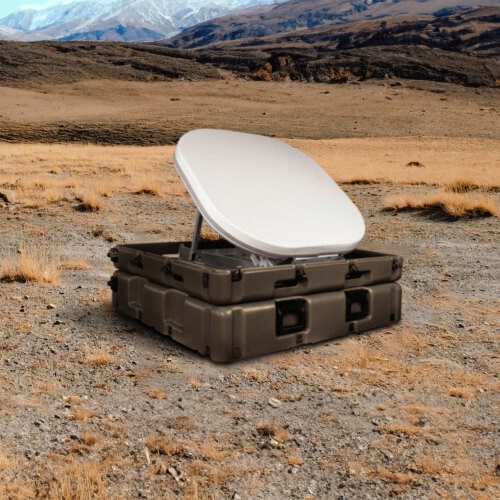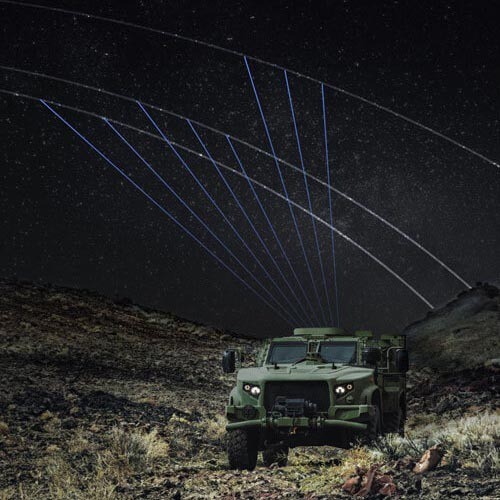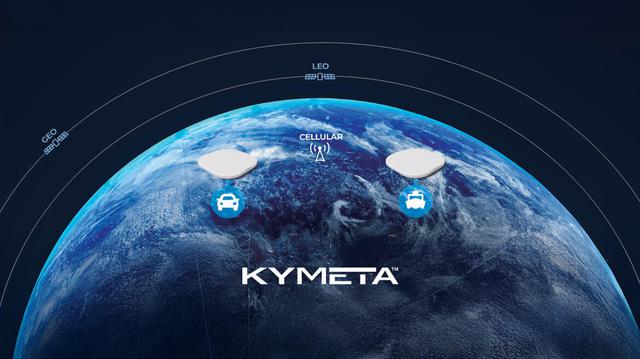The metamaterial advantage
Metamaterials are engineered, subwavelength structures that manipulate electromagnetic waves in ways not found in nature. In our antennas, these structures act like thousands of tiny radio frequency ‘valves,’ precisely controlling radio signals. This revolutionary approach offers you superior connectivity in challenging environments, from remote deserts to stormy seas. By eliminating the need for complex mechanical parts, we've created a slim, energy-efficient design that's easier to install and operate. Our multi-band capability means one antenna can handle various frequencies, reducing equipment needs and costs for your mission-critical operations.























